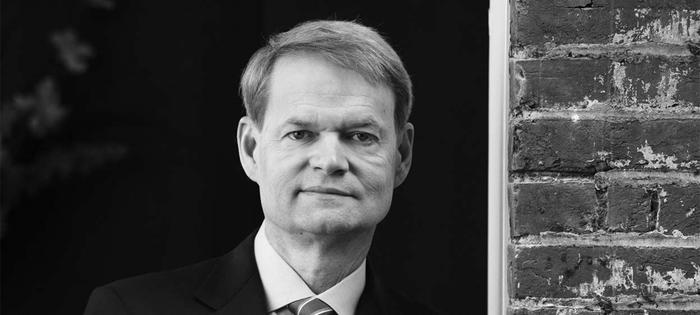The national Republican preference gap between Rick Santorum and Newt Gingrich has closed to four percentage points. As of our latest update, Mitt Romney leads with 37% support -- tying his highest level of support so far -- while Gingrich has 21%, and Santorum has 17%. Ron Paul has 12% support.
Santorum's current 17% support level is not unusual; he was at this same level of support a couple of times in late January and early February, and his all-time high was 18% in early January. So Santorum's support has been semi-steady over the last month or so, while Romney and Gingrich have been riding a steeper rollercoaster, up and down. At this juncture, Romney is up; Gingrich, down.
Gingrich's support was as high as 32% in Gallup's Jan. 22-26 update, but has been sliding since. Of course, Gingrich was as high as 37% back in early December, before he started sliding at that
point.
Our latest five-day averages extend back to Feb. 1 and incorporate interviewing conducted Wednesday through Friday of last week, and interviewing conducted Monday and Tuesday of this week. (Gallup did not interview Saturday and Sunday of Super Bowl weekend).
So the impact of Santorum's victories in Minnesota, Missouri, and Colorado on Tuesday night are not yet factored into the equation. Given the topsy-turvy nature of Republican preferences so far this year, it would not be shocking to find that Romney slips over the next several days, and Santorum rises, perhaps to eclipse Gingrich. The last time Santorum was ahead of Gingrich was Jan. 10-14, when the former had 14% support and the latter 13% support. (When Gallup began tracking on a daily basis Dec. 1, Santorum had 3% support of Republicans, compared with 37% for Gingrich, 22% for Romney, 8% for Ron Paul, and 7% for Rick Perry).
All in all, since Dec. 1, Newt Gingrich has been the most volatile candidate, going from a low of 13% support to a high of 37% support. Romney has been second, with a range from 21% to 37%, Santorum third with his 3% to 18% range, and Ron Paul last, with support ranging from 8% to 14%.
I'm often asked what these national figures tell us. I think they are quite important, because they allow us to continually monitor the attitudes of the big "audience" of Republicans and Republican-leaning independents out there across the country as the campaigning, primaries, and caucuses unfold "on stage." At this juncture, as we emphasized in our recent update on where the election stands today, nothing is for certain. Romney is not assured of the nomination, although he remains the favorite, and the outcome of the general election in November is also still undeterminable.
Right now, our biggest interest is in the impact of Santorum's victories on the mindset of Republicans nationally after his Tuesday night showing. As I noted above, the former Pennsylvannia senator's high point of support so far this election cycle has been 18%. He is at 17% now. The odds are pretty good that he will go higher. Is it possible that Santorum could match or beat Romney's national support? Stay tuned.
Where Will Santorum Go From Here?

The Five Conditions Assessment
Discover a valuable tool for business owners, policymakers and investors to reliably assess companies' potential for growth.